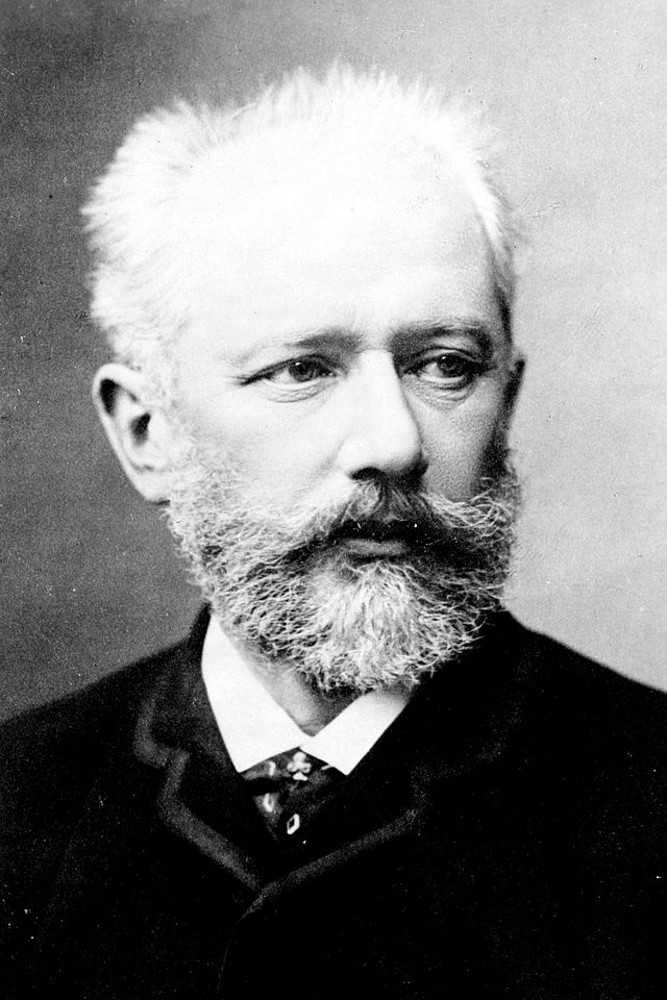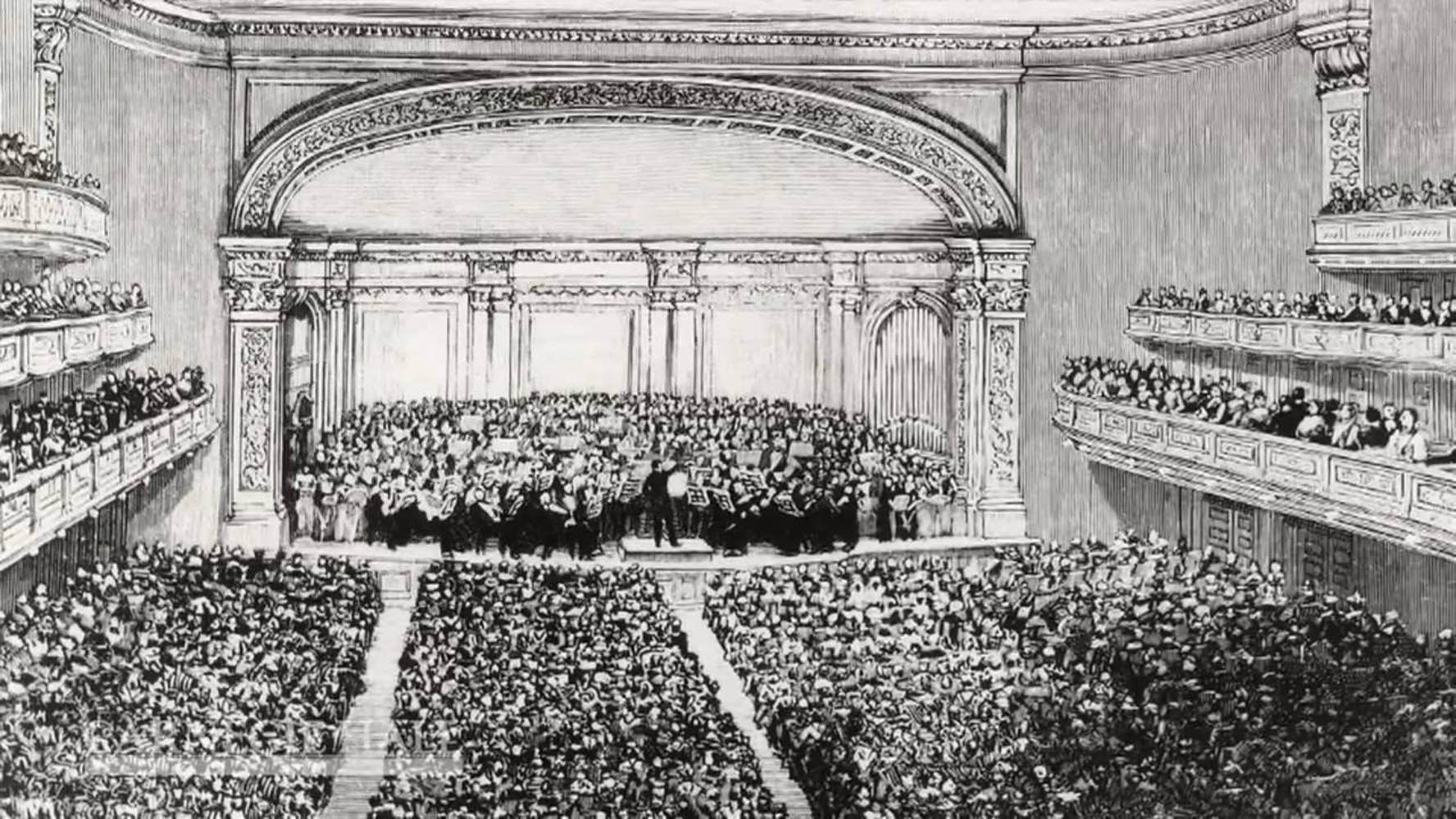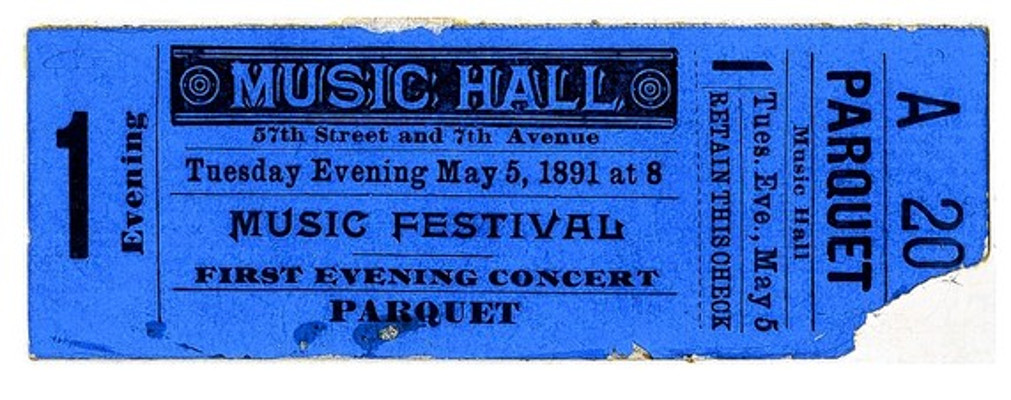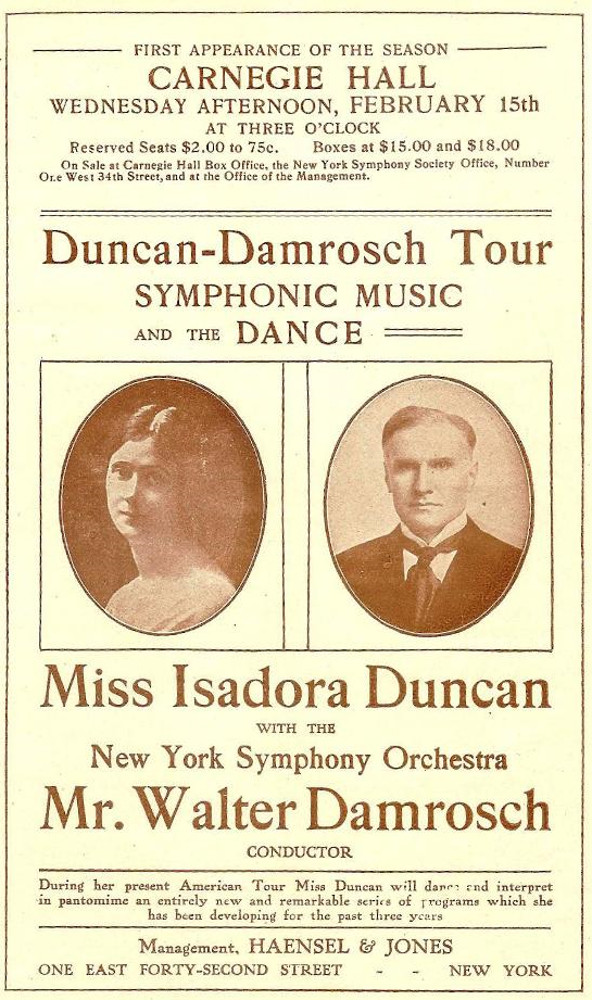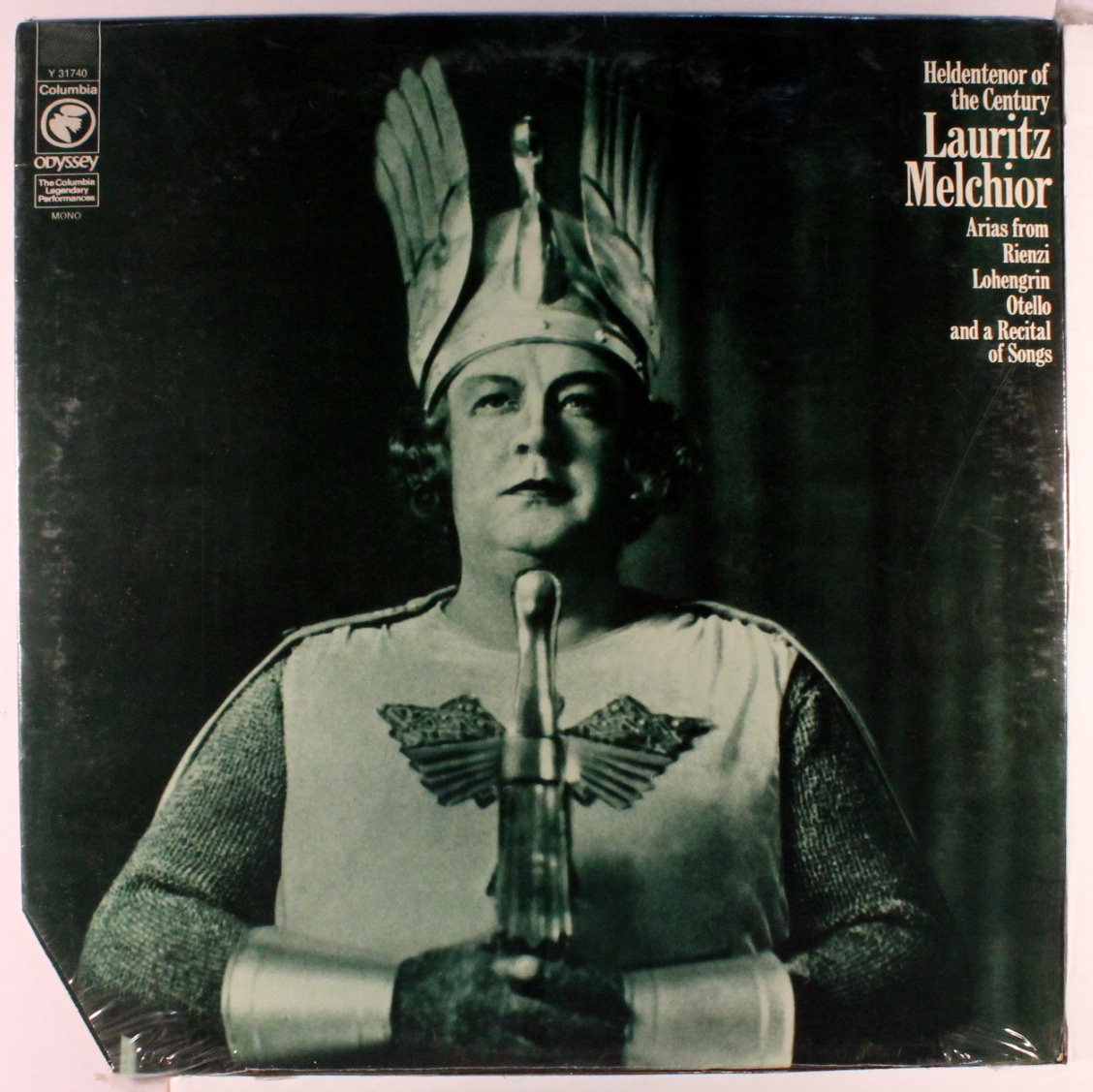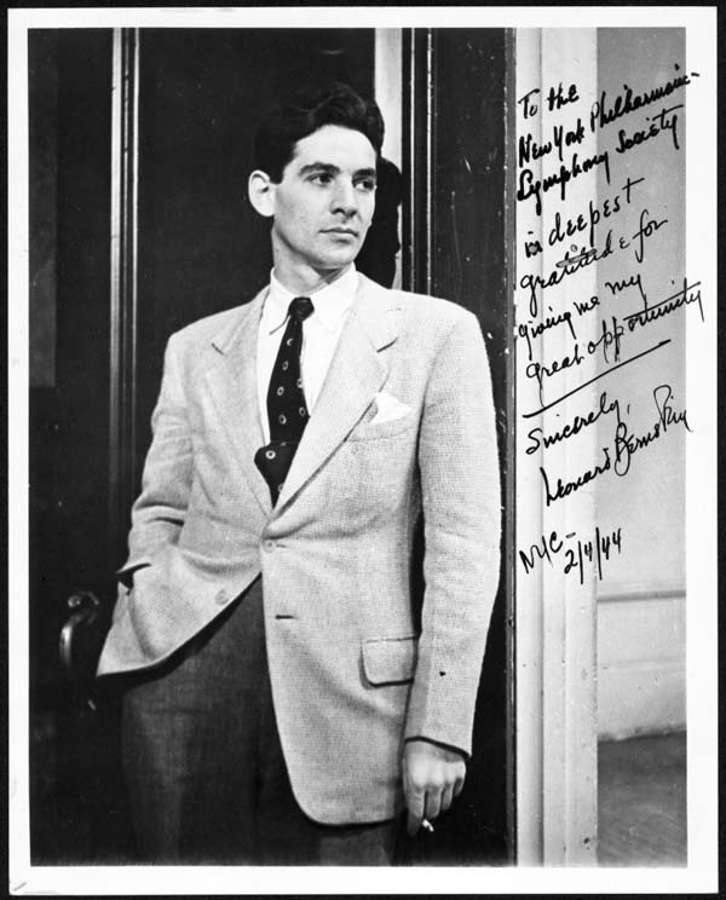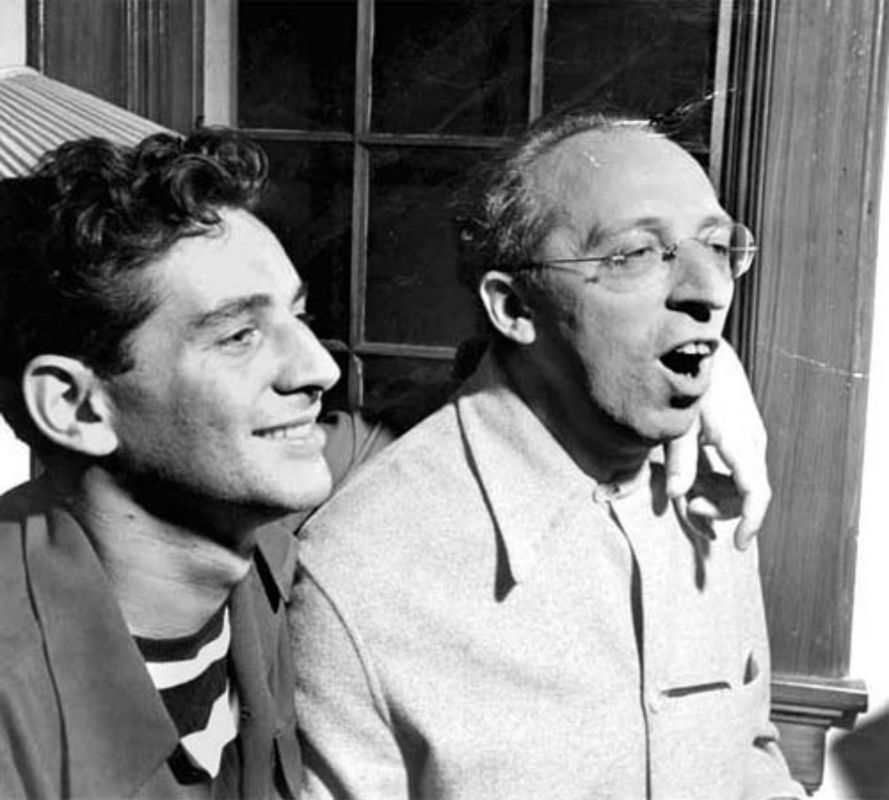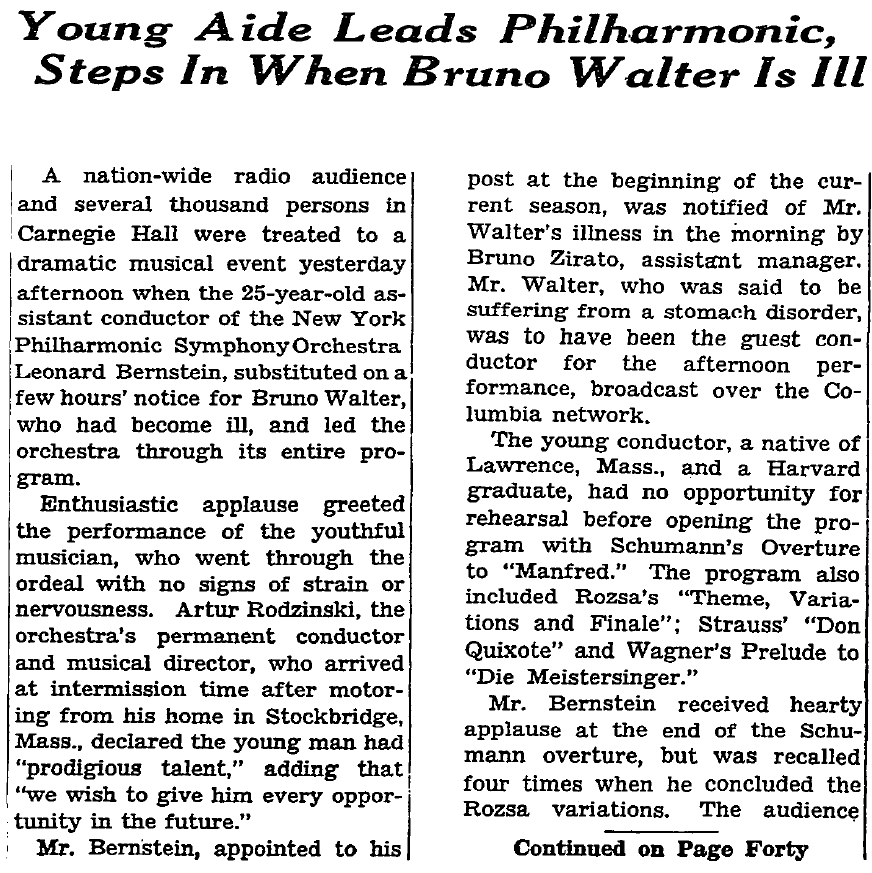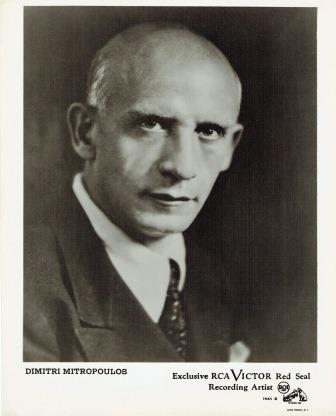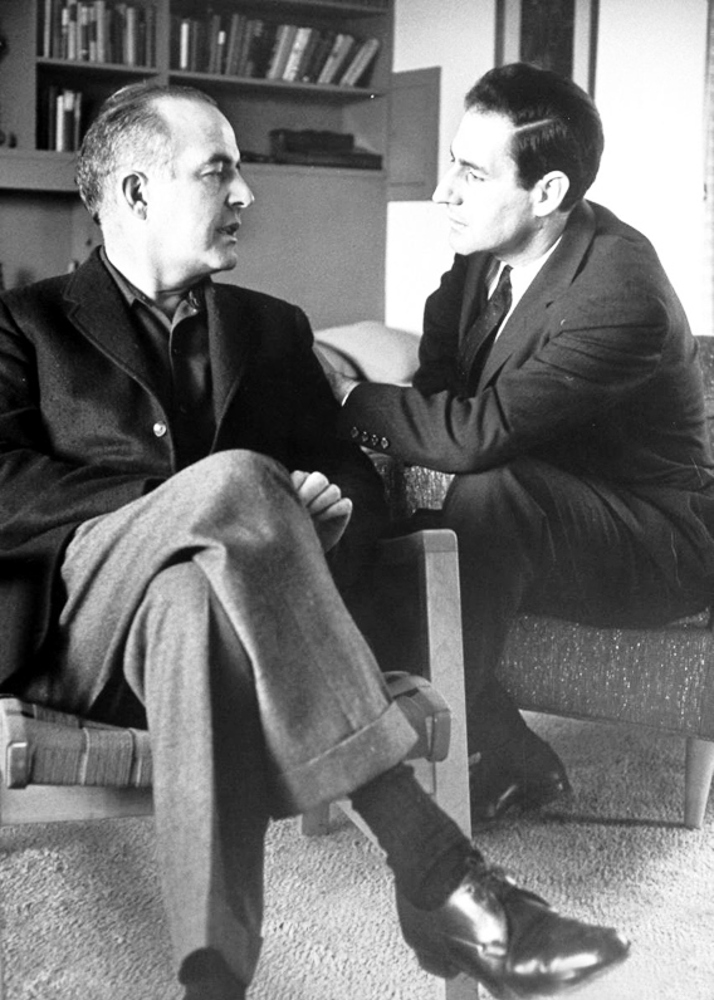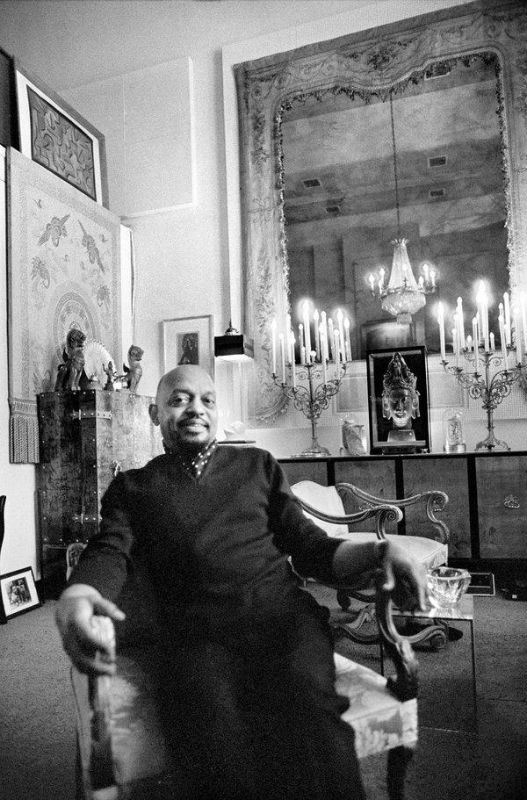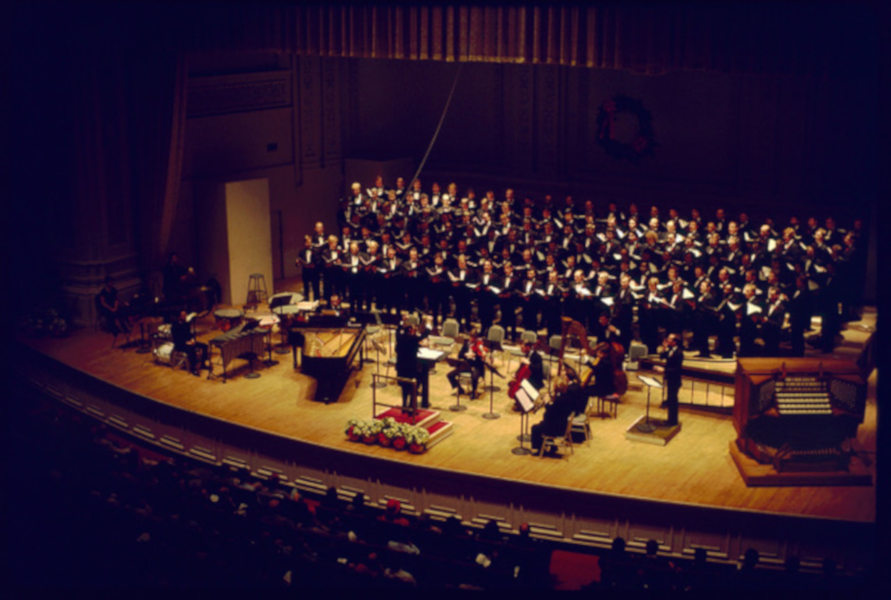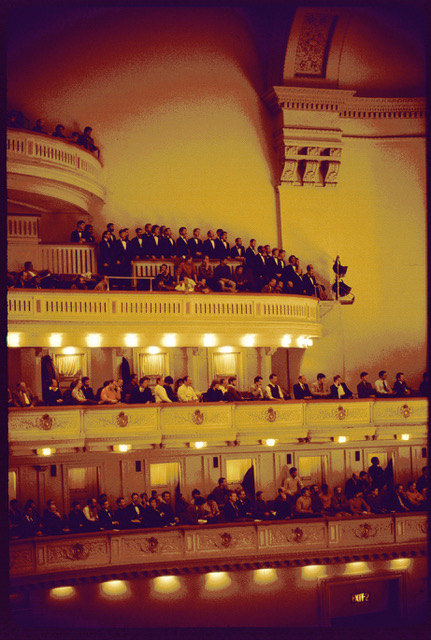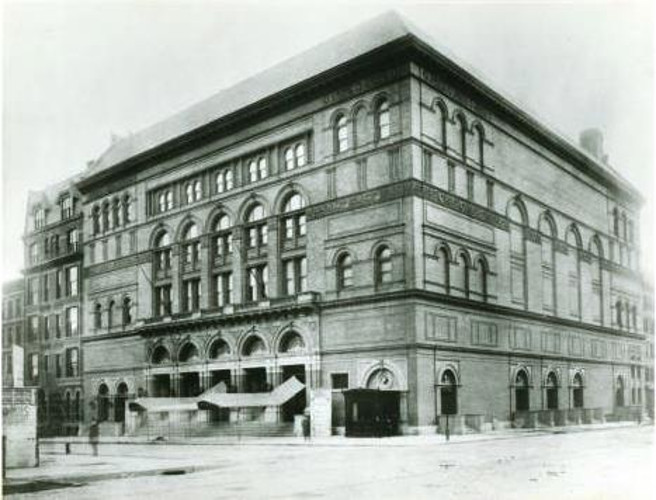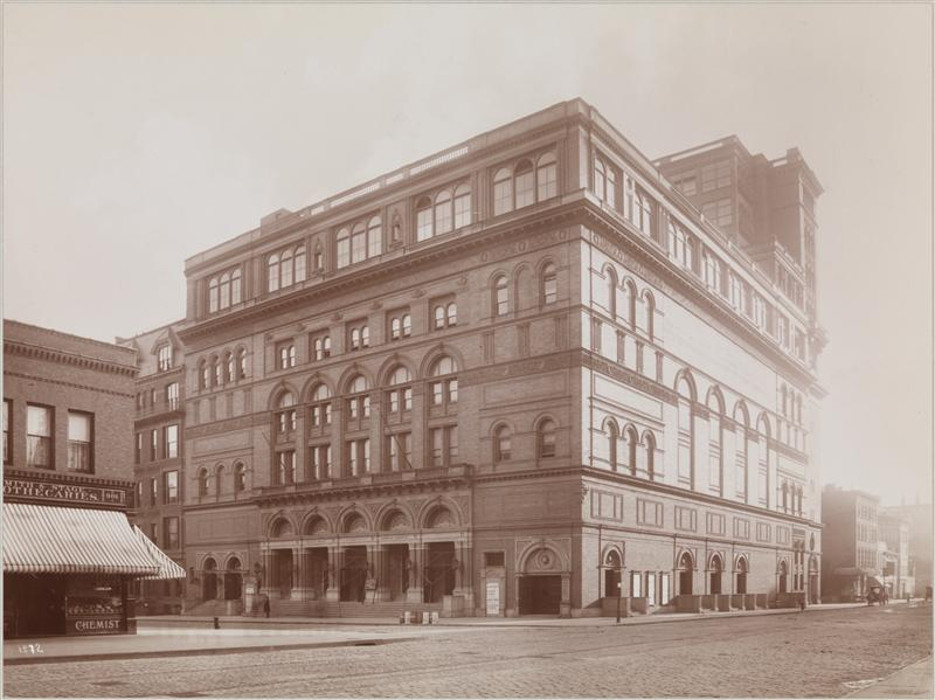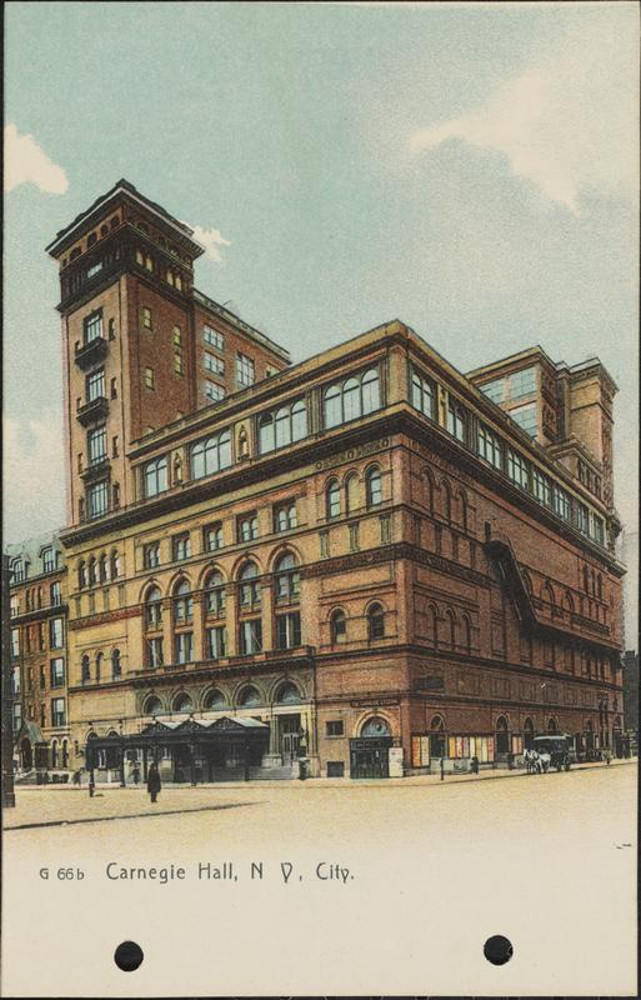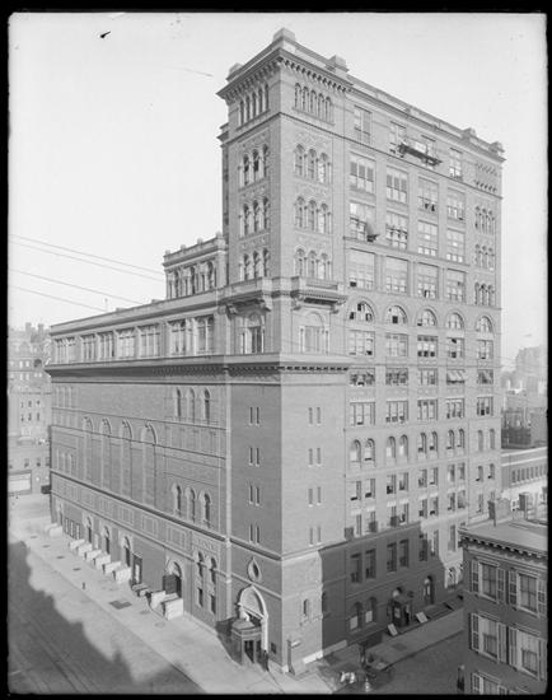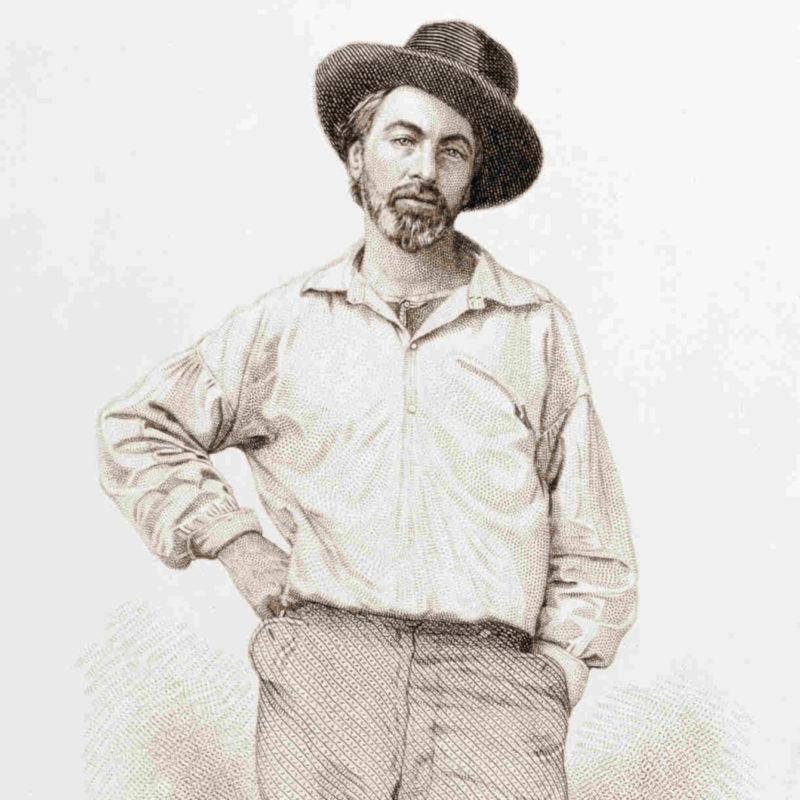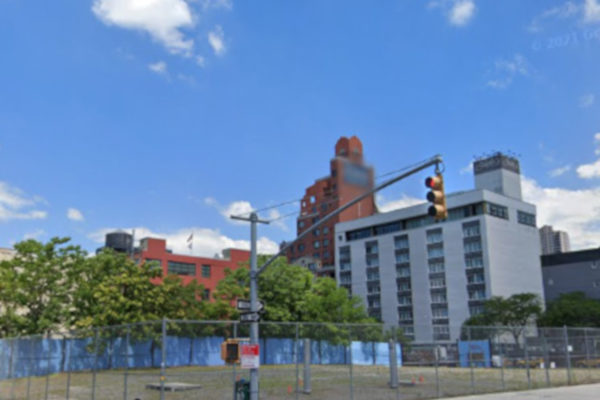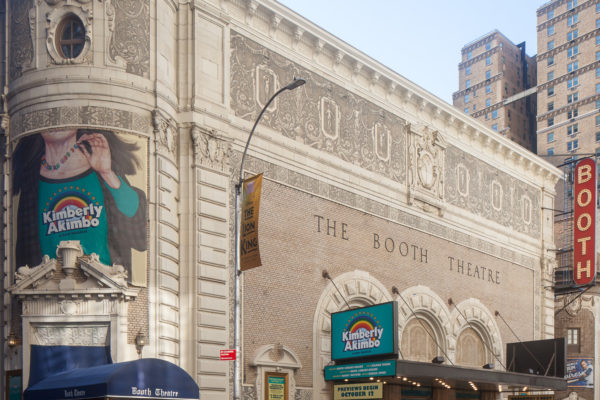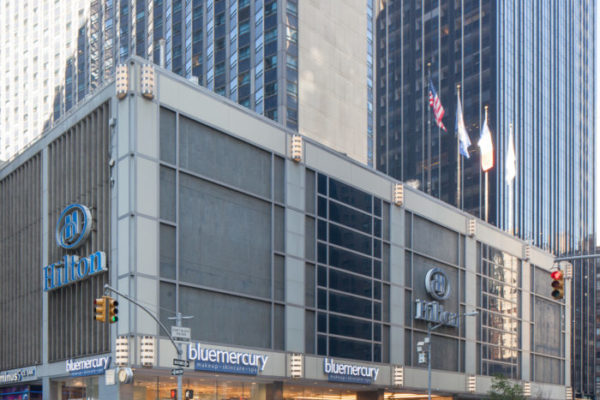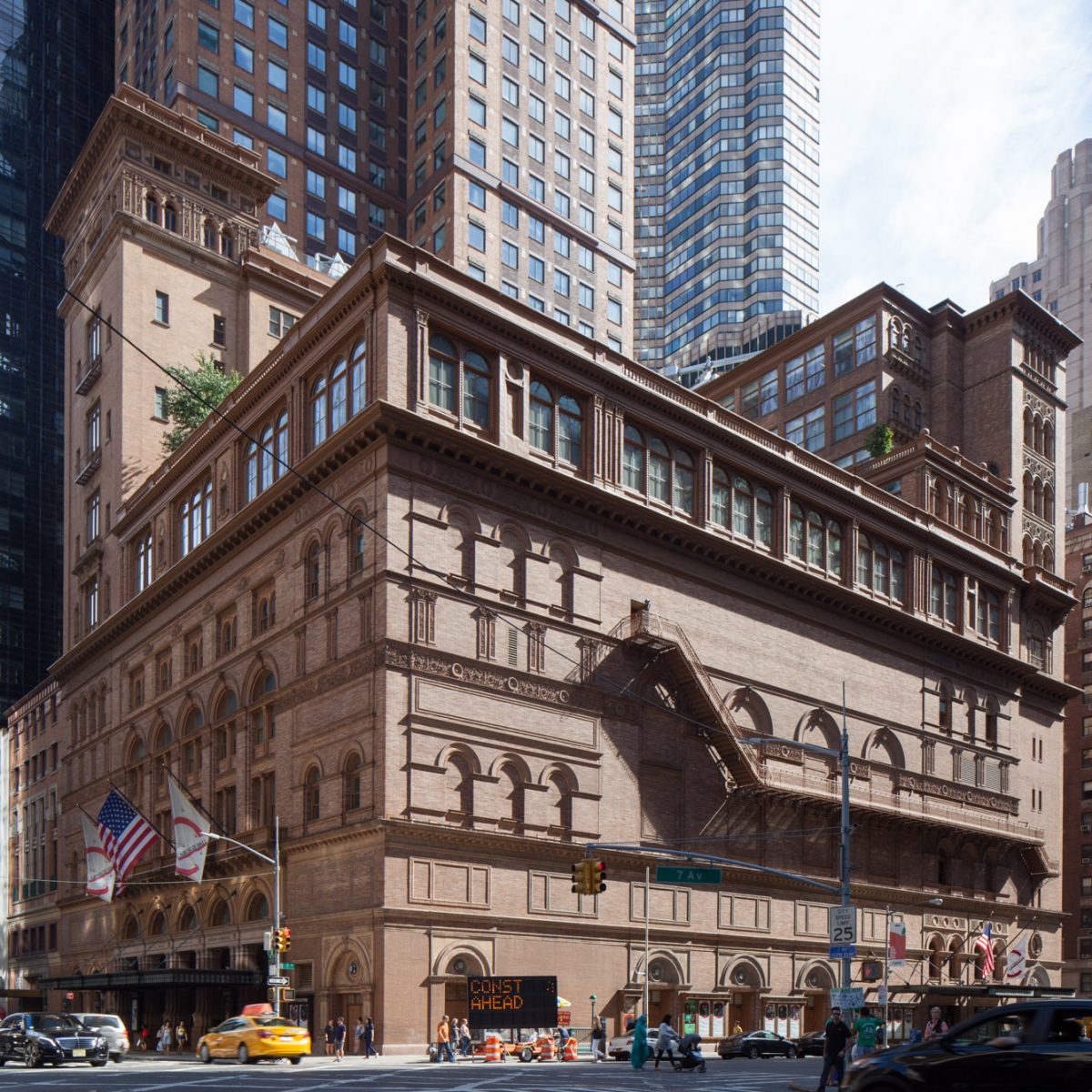
Carnegie Hall
overview
One of the premiere centers of American musical life and history, Carnegie Hall has continually featured the work and performances of countless LGBT artists since its opening in 1891.
See Studio Towers for the LGBT history of the former apartments above the Hall, which have since been converted to rehearsal and classroom space after the last tenants were evicted in 2010.
On the Map
VIEW The Full MapHistory
Completed in 1891, Andrew Carnegie’s Music Hall was opened as the new home for the Oratorio Society of New York, with a five-day musical festival during which Pyotr Ilyich Tchaikovsky, one of the world’s foremost composers of the day, conducted several of his own works.
Often considered one of the premiere centers of American musical life and history, Carnegie Hall has continually featured the work and performances of countless LGBT artists. Few had as close an association with the Hall as Leonard Bernstein, who appeared more than 430 times between 1943 and 1990, as conductor, pianist, composer, and educator. He was the music director of the New York Philharmonic from 1958 to 1969. Dimitri Mitropoulos was the music director of the Philharmonic between 1949 and 1958, until he became the victim of McCarthy-era homophobia. Other conductors here included Thomas Schippers, Jeffrey Tate, and Michael Tilson Thomas.
Premieres of classical works by LGBT composers Samuel Barber, Benjamin Britten, Aaron Copland, Virgil Thomson, David Diamond, Marc Blitzstein, Gian Carlo Menotti, Ned Rorem, and John Corigliano were conducted here. African-American composer and pianist, Don Shirley, also performed here. Innumerable LGBT performers have ranged from pianists Vladimir Horowitz and Van Cliburn, to dancer Isadora Duncan, leading Wagnerian heldentenor Lauritz Melchior, popular singers Jimmie Daniels, Chris Williamson, Meg Christian, and Rufus Wainwright, and the New York City Gay Men’s Chorus.
See Studio Towers for the LGBT history of the former apartments above the Hall, which have since been converted to rehearsal and classroom space after the last tenants were evicted in 2010.
Entry by Jay Shockley, project director (March 2017).
NOTE: Names above in bold indicate LGBT people.
Building Information
- Architect or Builder: William B. Tuthill (Carnegie Hall); Henry J. Hardenburgh (Studio Towers)
- Year Built: 1889-91 (Carnegie Hall); 1894-97 (Studio Towers)
Sources
“Performance History Search,” Carnegie Hall, bit.ly/2fu1QIM.
Daniel Hurewitz, Stepping Out: Nine Walks Through New York City’s Gay and Lesbian Past (New York: Henry Holt & Co., 1997).
Do you have more information about this site?
This project is enriched by your participation! Do you have your own images of this site? Or a story to share? Would you like to suggest a different historic site?
